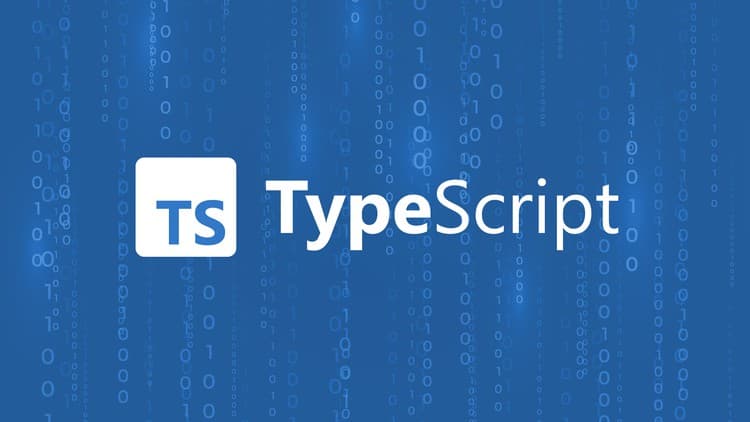Let’s start with What is TS?
Microsoft produced Typescript as an open-source programming language. TypeScript is a strongly typed programming language that builds on JavaScript, giving you better tooling at any scale. It’s a Javascript superset with the addition of static typing. It’s worth noting that eventually, Typescript compiles into Javascript, allowing the finished code to execute on any JS-compatible system. It can be client-side (via a web browser) or server-side (through a web server) (Node.js).

Types of TypeScript
- Any & Unknown
Any as a type can encompass anything unknown is its type-safe equivalent. Any allows you to assign any JavaScript variable whenever you want to escape the type system. It’s widely used to describe incoming variables that haven’t been validated yet and whose type is unknown.
- Void
Void is used when there is no value returned.
- Never
Never is the return type for something that should never occur, like a function that will throw an exception.
- Intersection & Union Types
These types allow you to create custom types as per the logic.
Intersection types let you combine several basic types into one type. For example, if we create a custom type Person that contains firstName: string and a lastName: string . You can say this as: I want my type to be this and that.
Union types allow you to type to take one of the various basic types. For example, if there’s a query that returns either result: string or undefined, you can say this as: I want my type to be this or that.
How does TypeScript improve code readability and maintenance?
TypeScript’s static reading and interfaces improve code efficiency. Interfaces are a feature of TS that allows us to define the structure or shape of an object and specify the properties and methods that an object has or should have, leading to a much more descriptive codebase.
Variable declarations with defined types and explicit categories increase clarity and code stability.
Also the compiler identifies alerts and faults in our code during development, reducing the likelihood of defects and potential errors at execution. Overall, this functionality helps developers avoid making mistakes in JavaScript that they would otherwise have to sort through manually.
Is TypeScript suitable for small projects or is it more geared towards larger, more complex codebases?
TypeScript offers stricter type checking and compile-time error catching, making it ideal for managing expansive projects. TypeScript shines in larger, more complex codebases where standardization and performance are key. However, for smaller tasks requiring flexibility and quick execution, JavaScript may be the preferable choice.
How Typescript improves project quality?
Typescript Documents itself
The code in Typescript is self-explanatory. In many circumstances, type definitions put straight in project or library files might take the place of documentation. If you want to know what “items” actually are in JavaScript, these are a few options you can try :
- go through the documentation (if one exists),
- Add console.log(items) to this function’s declaration, launch the program, and look at the “items” parameter in the console.
- Try to figure out where the function is utilized and then determine what data is sent via it.
Reduce cognitive overhead
One of the biggest benefits of TypeScript is that it can offload a huge amount of effort when you’re trying to write code since it will alert you when you’re not matching the specified type. This means you essentially let the compiler tell you when you’ve made a mistake. You can immediately make the necessary adjustment right then and there, instead of waiting until your code runs.

Increase code quality
As many know, sometimes mistakes don’t get caught until after the code is deployed and a user finds a bug. TypeScript helps decrease the chances of that happening. On top of just catching errors in the code, it can actually push you to write the code in a more maintainable and readable way, as you have to account for edge cases you may not have thought of.
With all of these benefits combined, TypeScript ultimately gives you more creative space to focus on the bigger challenges and contribute to better and simpler project maintenance. When a project’s scope expands, and the team grows, developers will appreciate all TypeScript flavors.
